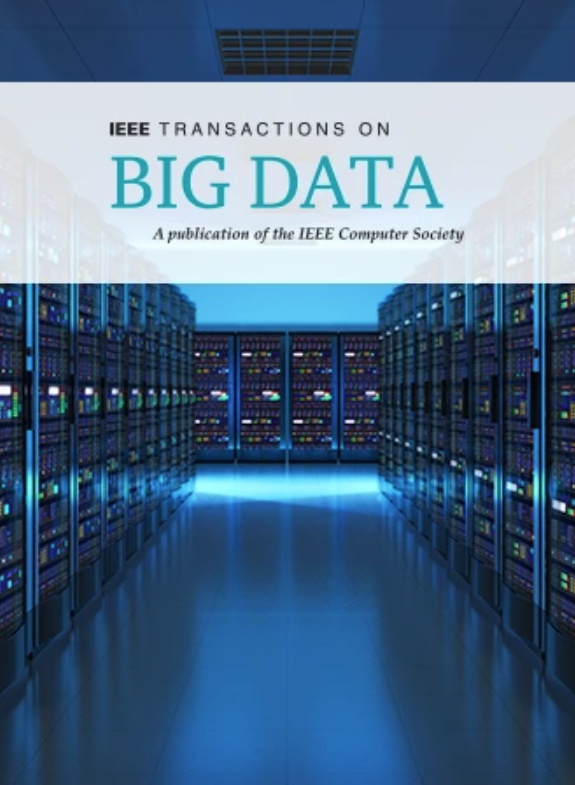Deep Cross-Modal Hashing With Ranking Learning for Noisy Labels
IF 7.5
3区 计算机科学
Q1 COMPUTER SCIENCE, INFORMATION SYSTEMS
引用次数: 0
Abstract
Deep hashing technology has recently become an essential tool for cross-modal retrieval on large-scale datasets. However, their performances heavily depend on accurate annotations to train the hashing model. In real applications, we usually only obtain low-quality label annotations owing to labor and time consumption limitations. To mitigate the performance degradation caused by noisy labels, in this paper, we propose a robust deep hashing method, called deep hashing with ranking learning (DHRL), for cross-modal retrieval. The proposed DHRL method consists of a refined semantic concept alignment module and a ranking-swapping module. In this first module, we adopt two transformers to perform the semantic alignment tasks between different modalities on a set of refined concepts, and then convert them into hash codes to reduce heterogeneous differences between multimodalities. The second module first identifies the noisy labels in the training set and ranks them according to ranking loss. Then it swaps the ranking information of different modal network branches. Unlike existing robust hashing methods for assuming noise distribution, our proposed DHRL method requires no prior assumptions for the input data. Extensive experiments on three benchmark datasets have shown that our proposed DHRL method has stronger advantages over other state-of-the-art hashing methods.带噪声标签的深度跨模态哈希排序学习
近年来,深度哈希技术已成为大规模数据集跨模态检索的重要工具。然而,它们的性能在很大程度上依赖于精确的注释来训练哈希模型。在实际应用中,由于人力和时间消耗的限制,我们通常只能获得低质量的标签注释。为了减轻由噪声标签引起的性能下降,本文提出了一种鲁棒深度哈希方法,称为深度哈希与排名学习(DHRL),用于跨模态检索。提出的DHRL方法由一个改进的语义概念对齐模块和一个排序交换模块组成。在第一个模块中,我们采用两个转换器在一组精炼的概念上执行不同模态之间的语义对齐任务,然后将它们转换为哈希码,以减少多模态之间的异构差异。第二个模块首先识别训练集中的噪声标签,并根据排序损失对其进行排序。然后交换不同模式网络分支的排名信息。与现有假设噪声分布的鲁棒哈希方法不同,我们提出的DHRL方法不需要对输入数据进行预先假设。在三个基准数据集上进行的大量实验表明,我们提出的DHRL方法比其他最先进的哈希方法具有更强的优势。
本文章由计算机程序翻译,如有差异,请以英文原文为准。
求助全文
约1分钟内获得全文
求助全文
来源期刊

IEEE Transactions on Big Data
Multiple-
CiteScore
11.80
自引率
2.80%
发文量
114
期刊介绍:
The IEEE Transactions on Big Data publishes peer-reviewed articles focusing on big data. These articles present innovative research ideas and application results across disciplines, including novel theories, algorithms, and applications. Research areas cover a wide range, such as big data analytics, visualization, curation, management, semantics, infrastructure, standards, performance analysis, intelligence extraction, scientific discovery, security, privacy, and legal issues specific to big data. The journal also prioritizes applications of big data in fields generating massive datasets.
 求助内容:
求助内容: 应助结果提醒方式:
应助结果提醒方式:


